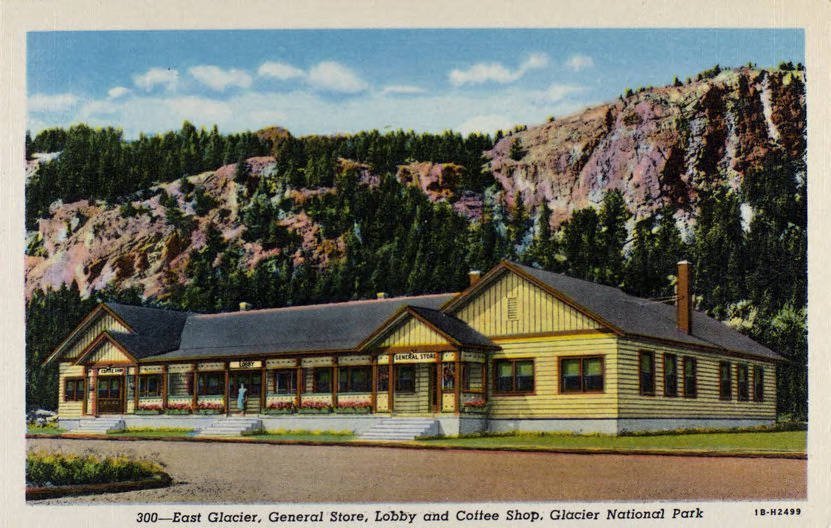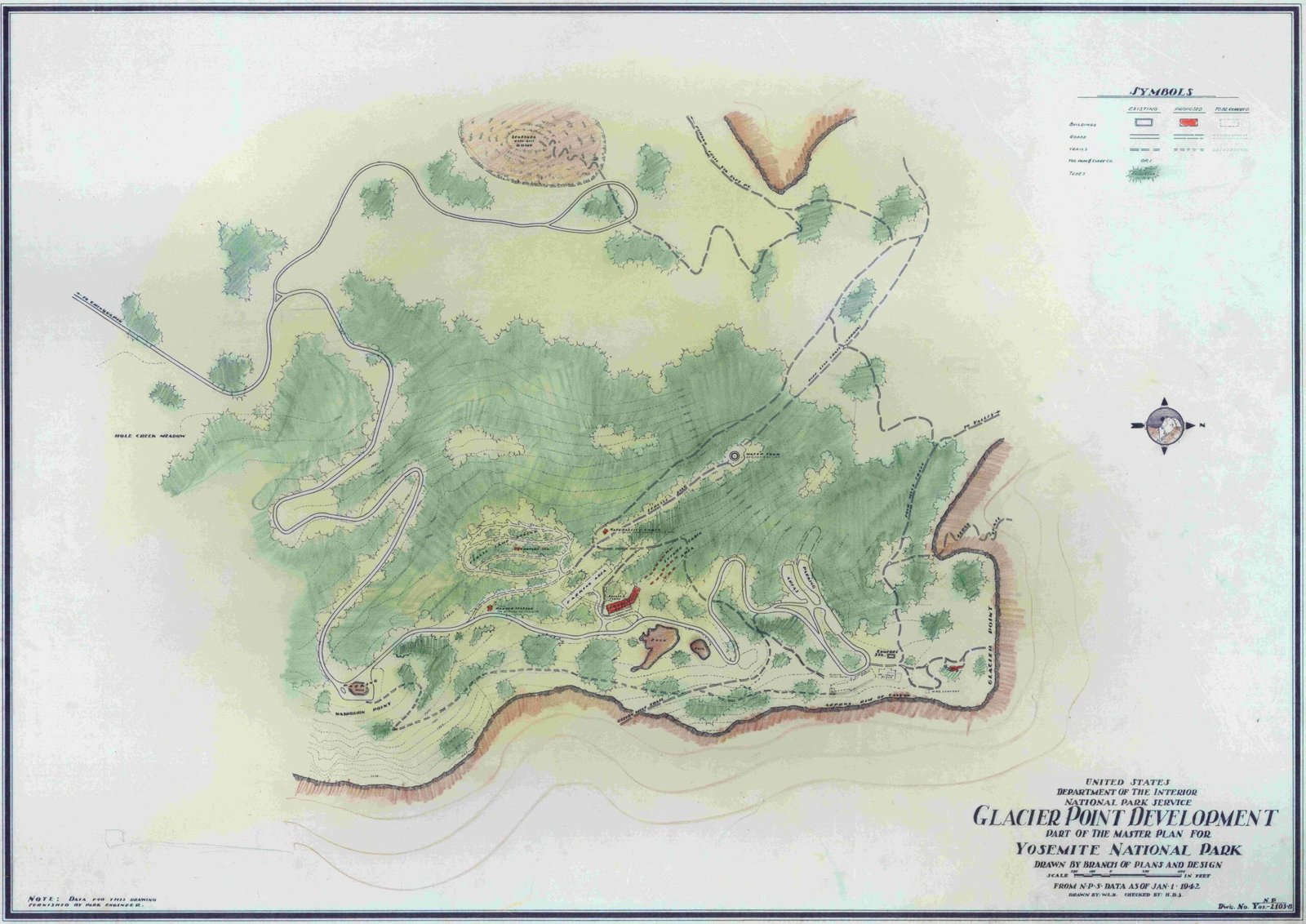Glacier National Park, renowned for its stunning landscapes and diverse geological features, showcases a fascinating array of intrusive rocks. These formations, primarily consisting of igneous and metamorphic rocks rather than granites, offer a unique glimpse into the park’s volcanic history. The Purcell Lava Flow, Purcell Sill, and pillow basalts are key examples of intrusive rocks found within the park, each telling a story of ancient geological processes that shaped this remarkable landscape.
What Are the Primary Intrusive Rocks in Glacier National Park?

Contrary to popular belief, the primary intrusive rocks in Glacier National Park are not granites. Instead, the park features a variety of other igneous and metamorphic formations that have played a crucial role in shaping its geological landscape. Let’s explore the main types of intrusive rocks found in the park:
Purcell Lava Flow and Purcell Sill
The Purcell Lava Flow is a prominent igneous dike that has intruded into the surrounding carbonate rocks. Its dark gray to black appearance is a result of its unique mineral composition, making it a striking feature in the park’s geology.
The Purcell Sill, on the other hand, is a layer of igneous rock specifically classified as diorite. This sill is approximately 100 feet (30 meters) thick and has a fascinating origin story. It formed around 780 million years ago when magma forcefully inserted itself between layers of Siyeh Limestone. The intense heat from this intrusion caused a remarkable transformation in the surrounding limestone, recrystallizing it into white metamorphic marble.
Visitors can observe this geological marvel on Mt. Siyeh and Mt. Cleveland within Glacier National Park. The contrast between the dark diorite and the white marble creates a visually striking geological feature that serves as a testament to the park’s dynamic geological history.
Pillow Basalts
While not technically classified as granite, pillow basalts are another type of igneous rock that plays a significant role in the park’s geology. These unique formations have an intriguing origin:
- They formed when lava erupted onto the sea floor.
- The lava rapidly cooled and solidified upon contact with the water.
- This process resulted in the creation of pillow-shaped blocks of basalt.
Hikers and geology enthusiasts can observe these fascinating formations in specific areas of the park, particularly in the Granite Park and Boulder Pass regions. The presence of pillow basalts provides valuable insights into the park’s volcanic past and the underwater geological processes that contributed to its formation.
Where Can Visitors Observe Intrusive Rocks in Glacier National Park?

Glacier National Park offers several hiking routes that showcase its intrusive rock formations. Here are three notable trails where visitors can observe these geological wonders:
Trail to Granite Park Chalet
Trail Details:
– Length: Approximately 7.6 miles round trip
– Difficulty: Moderate
– Starting Point: Logan Pass
Geological Highlights:
This trail passes through areas where pillow basalts are exposed, offering hikers a unique opportunity to observe these underwater volcanic formations up close. Interestingly, despite its name, Granite Park does not contain natural granite. The name is a misnomer, as the rocks in this area are actually basalt formations that were misidentified in the past.
Trail to Mt. Siyeh
Trail Details:
– Length: About 10 miles round trip
– Difficulty: Strenuous
– Starting Point: Siyeh Bend
Geological Highlights:
This challenging trail rewards hikers with spectacular views of the Purcell Sill and the metamorphic marble formed by its intrusion. As you ascend, you’ll pass through various geological formations, including those of the Belt Supergroup, providing a comprehensive overview of the park’s diverse geology.
Trail to Boulder Pass
Trail Details:
– Length: Approximately 13 miles round trip
– Difficulty: Moderate to Strenuous
– Starting Point: Kintla Lake
Geological Highlights:
This trail features exposures of pillow basalts and a variety of other sedimentary and igneous formations. It offers hikers a panoramic view of the park’s geological diversity, showcasing the complex interplay of different rock types that have shaped the landscape over millions of years.
How Can Visitors Access These Geological Sites?
Accessing the geological wonders of Glacier National Park requires some planning. Here’s what visitors need to know:
Parking and Transportation
- Parking Availability:
- Parking is available at various trailheads, including Logan Pass and the trailhead for Mt. Siyeh.
- Spaces are limited, especially during peak season (June to September).
-
Arrive early to secure a spot, particularly at popular trailheads like Logan Pass.
-
Transportation Options:
- Personal vehicles can reach most trailheads.
- Shuttle services are available within the park, particularly from Apgar Visitor Center to Logan Pass.
- Consider using the shuttle to avoid parking issues during busy periods.
Costs and Permits
- Entrance Fee: $35 per vehicle for a 7-day pass to Glacier National Park.
- Hiking Permits: No specific permits are required for day hikes on these trails.
- Backcountry Camping: If planning overnight trips, backcountry permits are necessary and should be reserved in advance.
Important: Always check with park rangers for any updates on trail conditions, closures, or new regulations before setting out on your hike.
What Educational Opportunities Are Available for Geology Enthusiasts?
Glacier National Park offers various educational programs and guided tours that can enhance visitors’ understanding of the park’s geology, including its intrusive rock formations:
- Ranger-led Hikes and Programs:
- Offered throughout the summer season.
- Cover various aspects of the park’s geology.
-
Check the park’s official website for schedules and topics.
-
Geology Walks:
- Specialized walks led by park rangers or geologists.
- Provide in-depth information about the park’s geological features, including intrusive rocks.
-
Schedules vary; check with visitor centers for current offerings.
-
Junior Ranger Program:
- Designed for younger visitors.
- Includes activities related to the park’s geology.
-
Available at visitor centers throughout the park.
-
Visitor Center Exhibits:
- St. Mary Visitor Center and Apgar Visitor Center feature exhibits on park geology.
-
Offer interactive displays and informational panels about rock formations.
-
Self-Guided Nature Trails:
- Several trails have interpretive signs explaining geological features.
- The Hidden Lake Overlook trail is particularly good for observing various rock types.
By participating in these educational opportunities, visitors can gain a deeper appreciation for the intrusive rocks and overall geological history of Glacier National Park. Whether you’re a casual observer or a dedicated geology enthusiast, the park offers numerous ways to explore and understand its unique geological landscape.